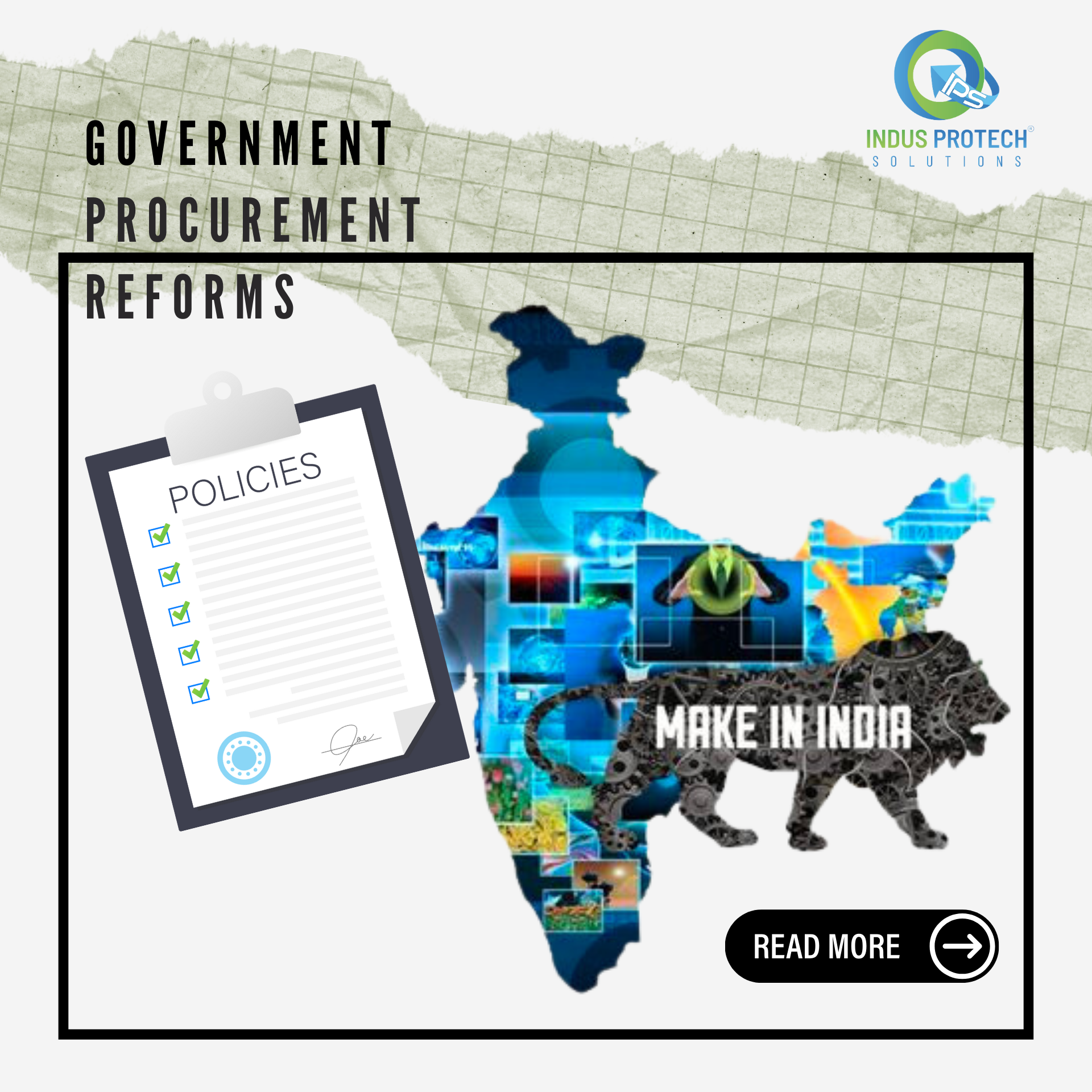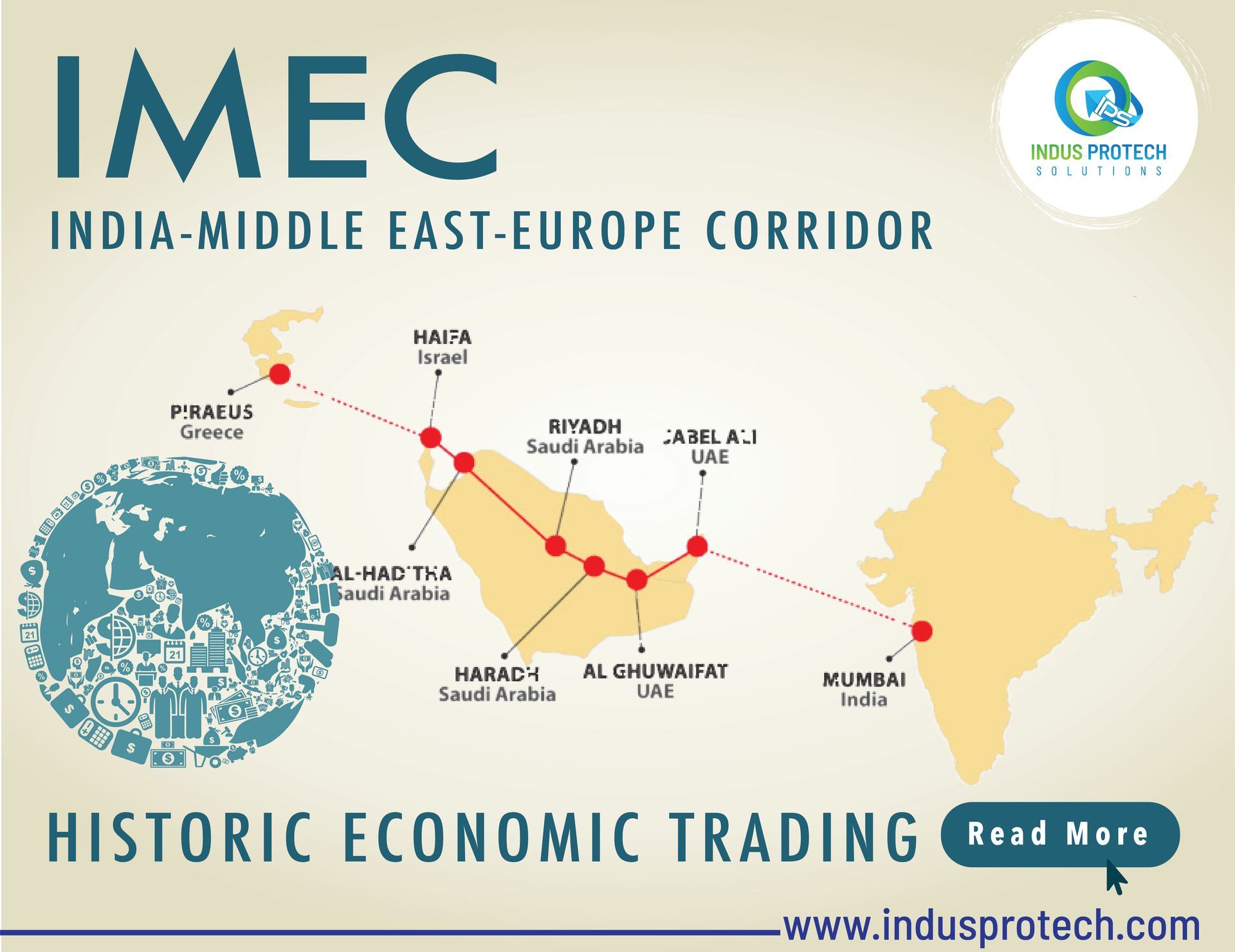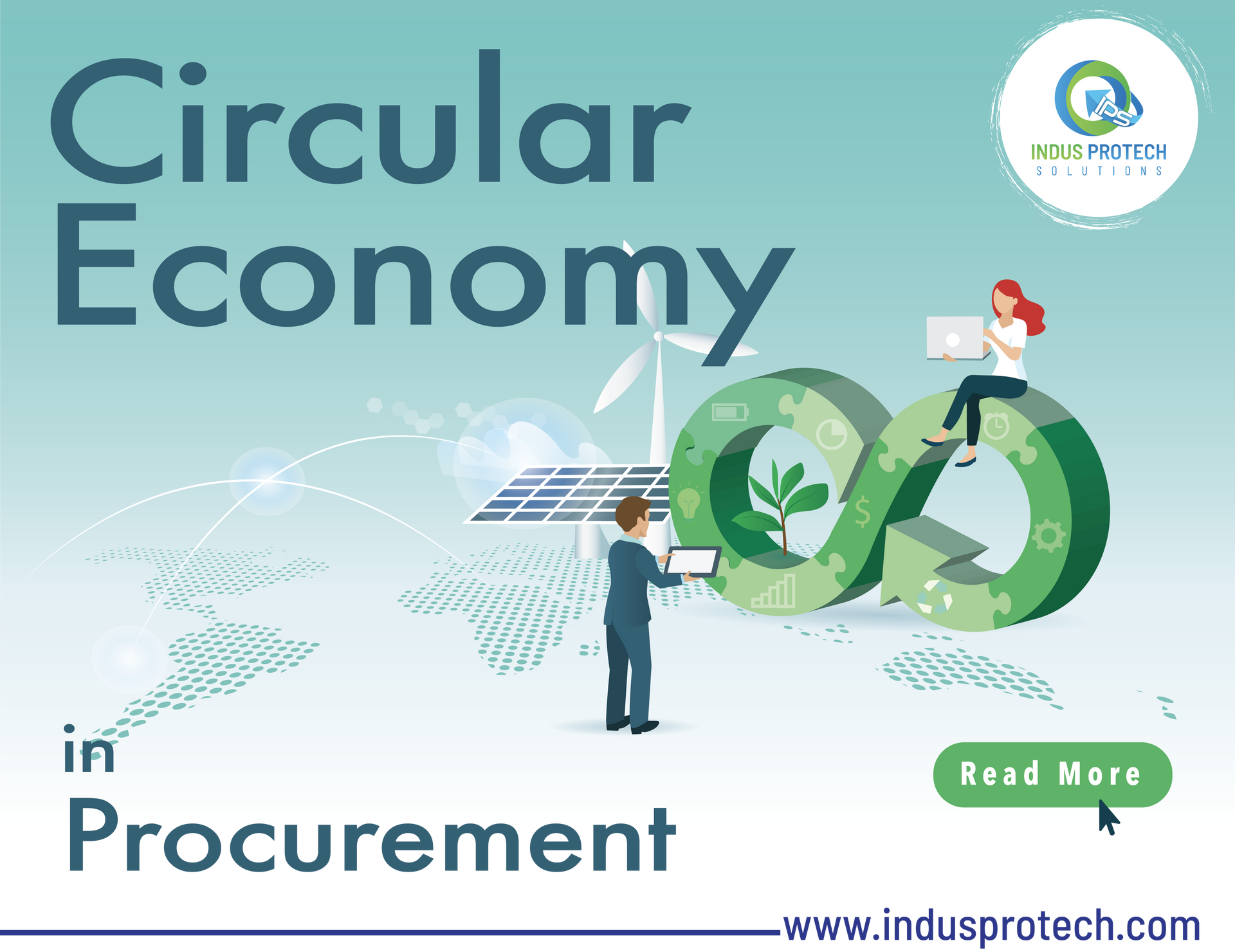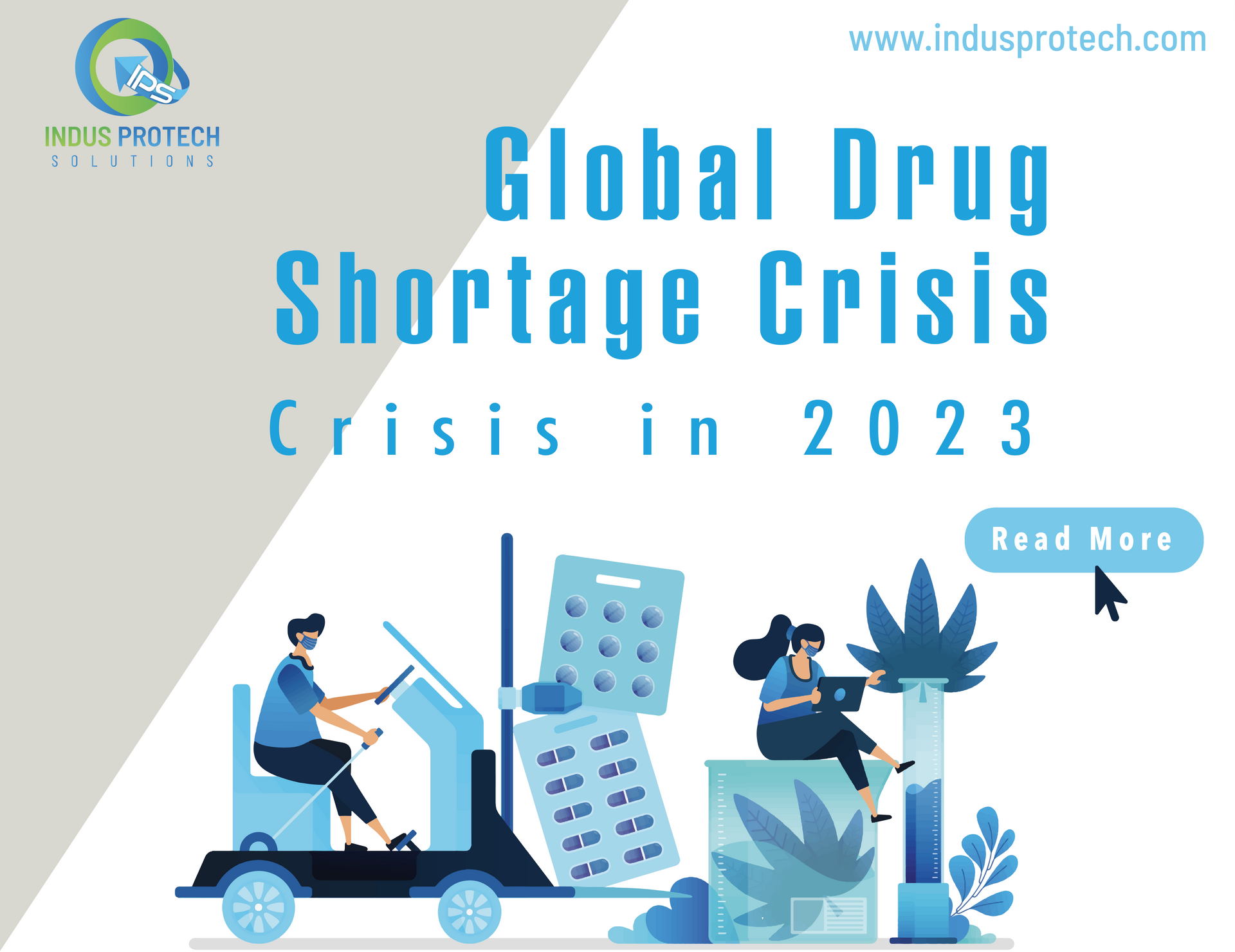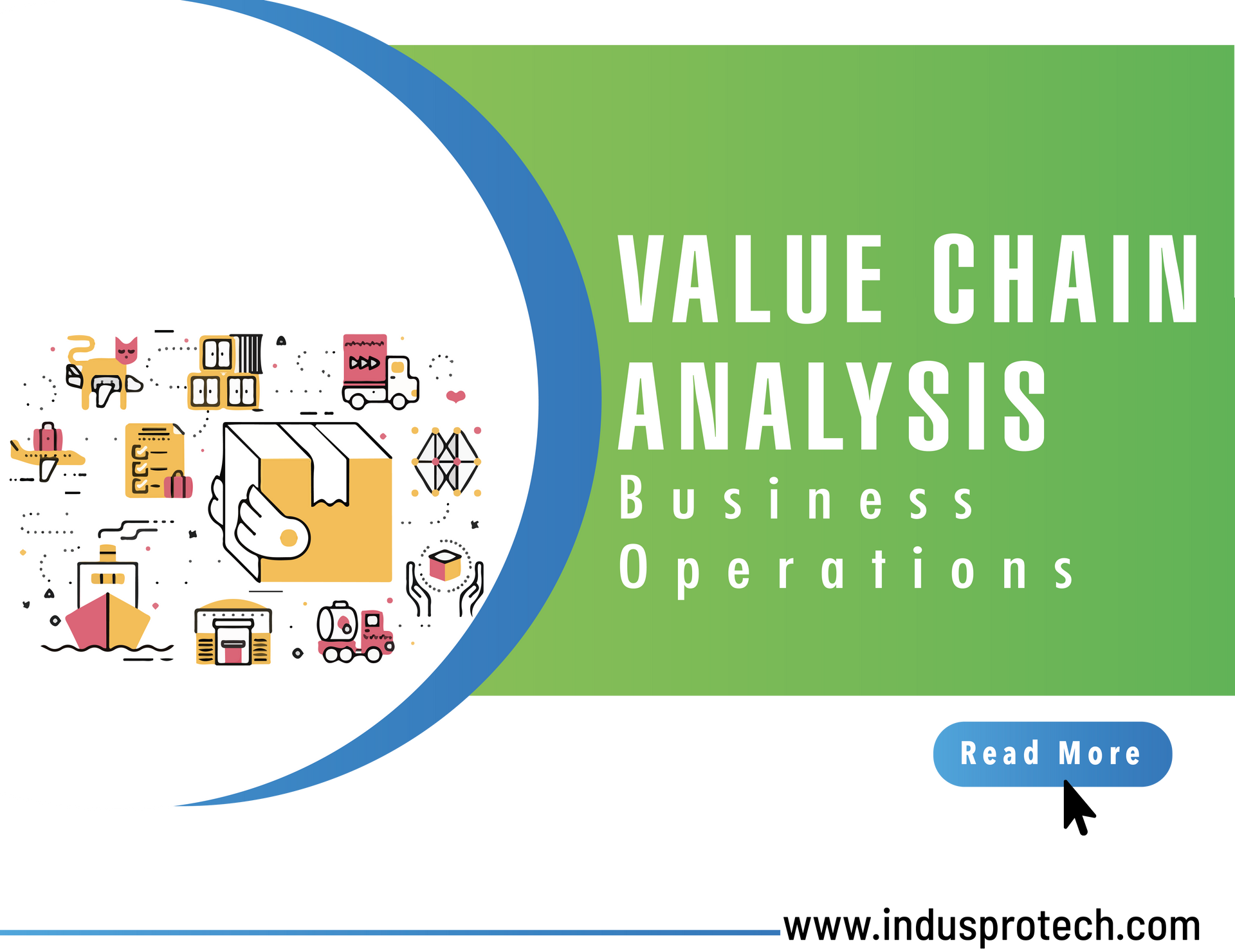Let's take a glimpse into the crucial raw material supplies and recent trends and in the pharmaceutical industry.
Generally, Pharmaceutical Raw Materials are categorized into the following three categories:
1.Active Pharmaceutical Ingredients (APIs)
API is one of the primary supplies of pharmaceutical medicine because it is pharmaceutically active and responsible for a drug's activity. When manufacturing API, accuracy and precision with the raw materials are two of the most important factors to consider.
2. Inactive Ingredients or Excipients
Excipients, commonly known as inactive ingredients or drug transporters, are a type of inactive substance. Solvents and various types of carriers are employed as excipients in pharmaceuticals. These add bulk and stability to drug formulations while aiding absorption and preventing drug denaturation.
3. Packaging
In the pharmaceutical sector, packaging must also be flawless and accurate. Plastics, polymers, glass, aluminium foil, paper, and other raw materials are utilised in pharmaceutical packaging. Because of the variety of raw materials used in pharma, packaging has been separated into its category.





